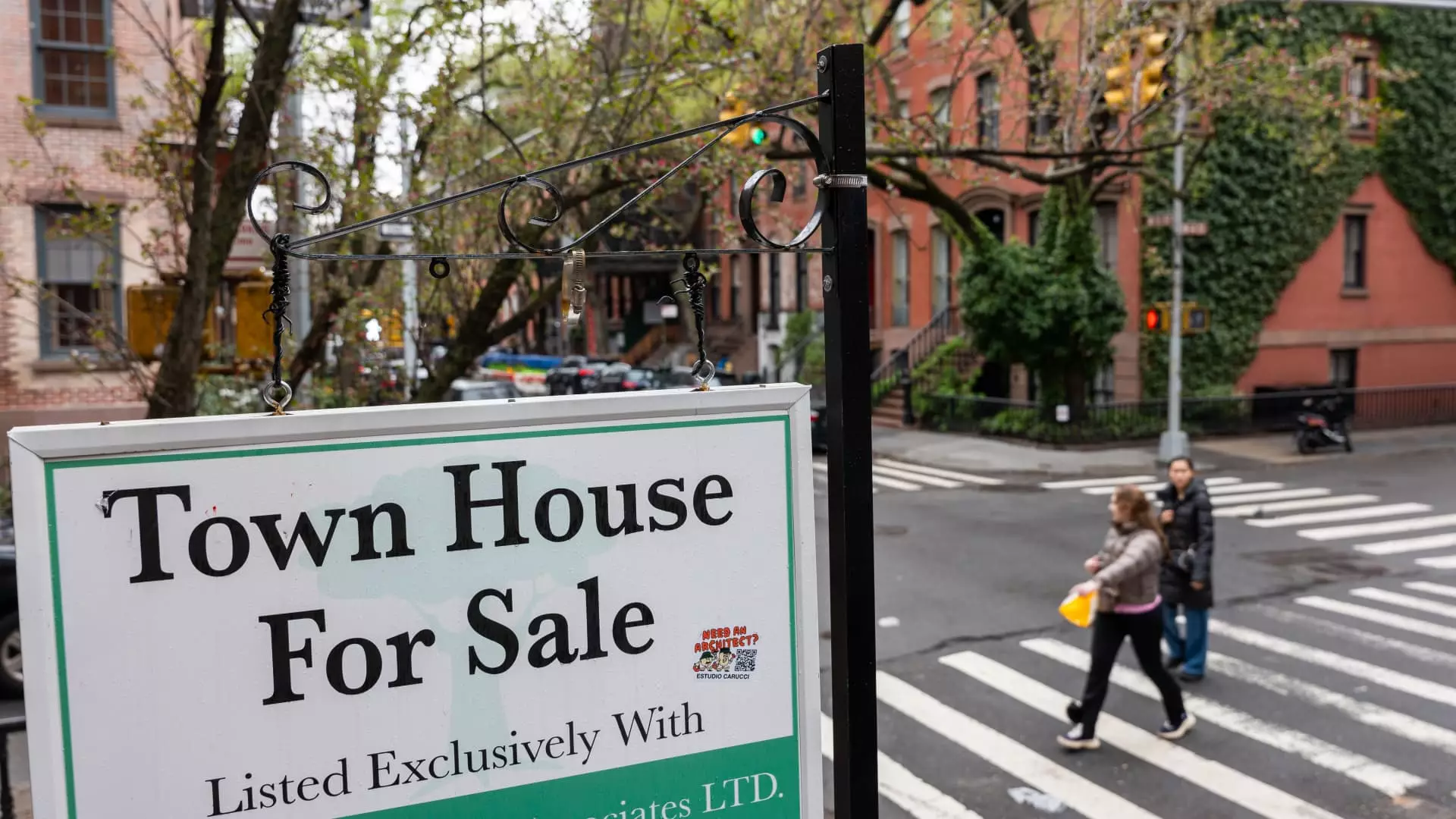Manhattan is currently experiencing a significant shift in its real estate market, turning into a buyer’s market as apartment prices have fallen and inventory levels have increased. Recent reports indicate that the average real estate sales price in Manhattan dropped by 3% to slightly over $2 million, with the median price also experiencing a 2% decline to $1.2 million. Furthermore, prices for luxury apartments saw a decline for the first time in over a year, signaling a considerable change in the market dynamics.
The price declines in Manhattan can be attributed to the rising inventory of apartments available for sale. Currently, there are more than 8,000 apartments for sale in Manhattan, surpassing the 10-year average of approximately 7,000 units. This oversupply has resulted in apartments taking longer to sell, with Manhattan now having a 9.8 month supply of apartments for sale. According to industry experts, any supply exceeding 6 months indicates a buyer’s market, which is apparent in the current situation in Manhattan.
The current scenario in Manhattan, with falling prices and increased unsold inventory, stands in contrast to the national real estate landscape. Nationally, the real estate market continues to face tight supply conditions, leading to high prices. However, Manhattan’s post-Covid strong prices have become unsustainable, prompting both buyers and sellers to adjust to a higher interest rate environment. The weakening resolve of buyers and sellers is evident, as the gap between their expectations narrows, resulting in more closed deals in the second quarter.
High rents in Manhattan are also playing a role in driving sales, as the average rental price for apartments remains above $5,100 a month. The rental market’s high costs have compelled potential buyers who were previously waiting on the sidelines to enter the sales market, with hopes of lower interest rates towards the end of 2024 or early 2025. While mortgage rates have a less pronounced effect on Manhattan real estate due to a higher percentage of cash transactions, the market is still influenced by changing economic conditions.
The luxury segment of Manhattan’s real estate market has been particularly affected by the current market conditions. The median sale prices in the luxury segment, representing the top 10% of the market, experienced an 11% decline in the second quarter, accompanied by a 22% surge in listing inventory of luxury apartments. This weakness in the high-end sector may indicate a broader trend or could be a temporary phenomenon, as the wealthy population delays purchases amid election uncertainty.
The Manhattan real estate market is undergoing a significant transformation, shifting towards a buyer’s market with falling prices and increased inventory. The evolving market dynamics, coupled with factors such as rising rents and changing buyer behavior, are reshaping the real estate landscape in Manhattan. As buyers and sellers adjust to the new market conditions, the future trajectory of Manhattan’s real estate market remains uncertain, with potential opportunities emerging for savvy investors and homebuyers.

